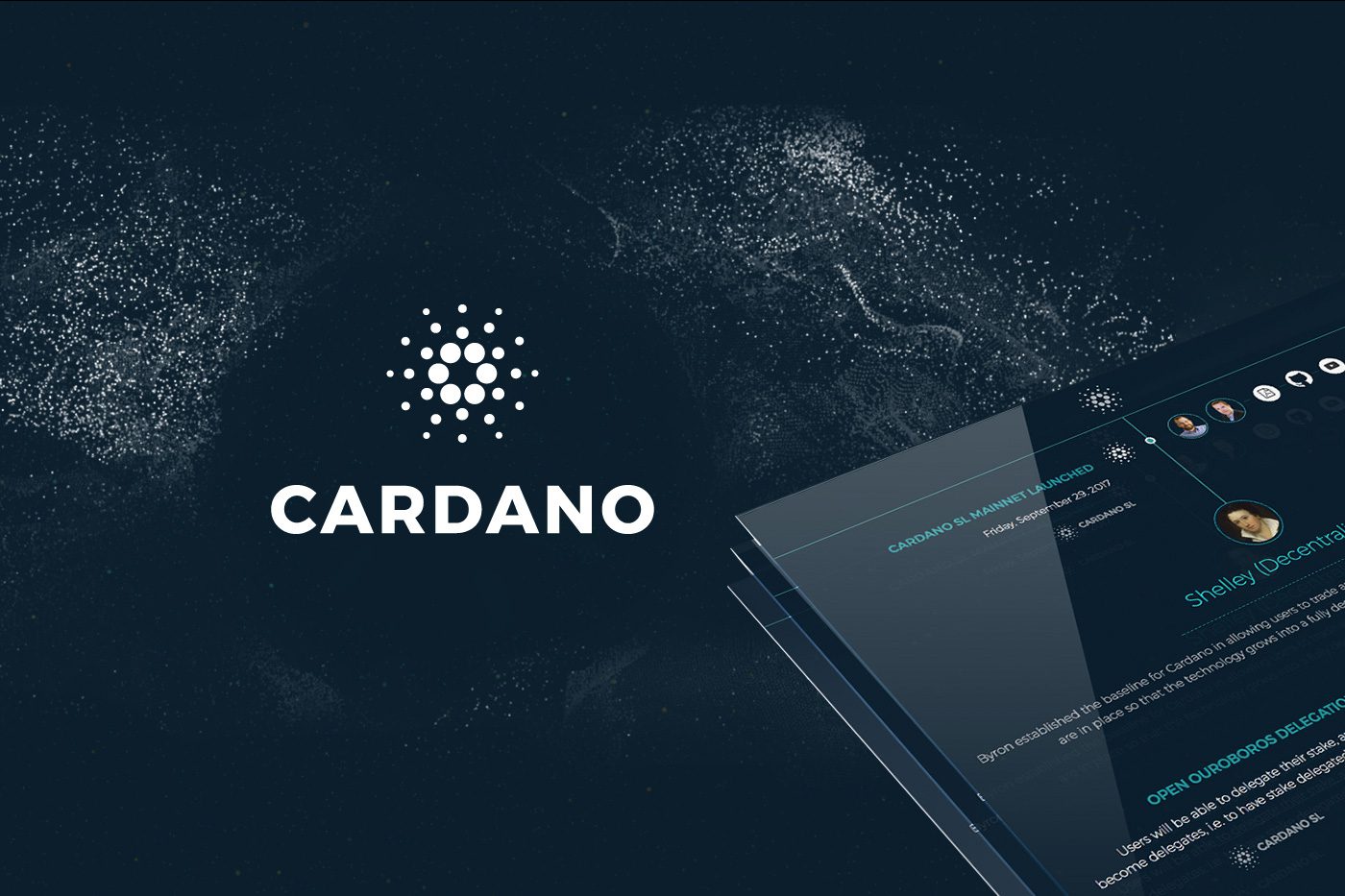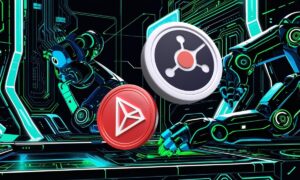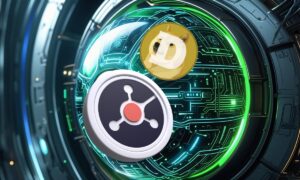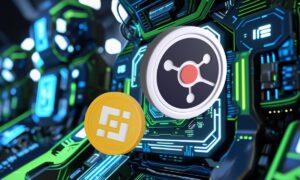If you are looking to find a comprehensive guide to the Cardano blockchain, you have come to the right place. Here you will find information on the token ADA and the concept of the Sidechain, as well as details on the smart contract, the proof of stake mechanism, and an explanation of how to choose the right provider for the Cardano node.
Cardano is a new decentralized network that has the capability to support peer-to-peer transactions, as well as smart contracts. It is an academically developed network that combines the principles of cryptography with science.
The project was created by former Ethereum co-founder Charles Hoskinson. Cardano has three entities that manage the development of the platform. Cardano’s goal is to bring a decentralized, scalable platform that can accommodate a wide range of use cases.
The Cardano Foundation is responsible for promoting and marketing the platform. The foundation also focuses on forming partnerships. In September, Cardano announced a partnership with New Balance.
ADA token
ADA token is the native currency of the Cardano ecosystem. In order to build a decentralized application, users need to join the network and buy ADA tokens. This token is used to pay for transactions on the network.
There are 45 billion ADA in circulation. The price of the Cardano ADA token on the day of writing this article is $0.3832.
Proof of stake
Cardano allows for peer-to-peer transactions, as it is based on a proof-of-stake consensus protocol, and will eventually support governance. This allows for a very secure environment that can handle a large number of transactions per second. The network uses a consensus mechanism called Ouroboros.
The Cardano ecosystem is made up of two main layers: the settlement layer and the computation layer. Each layer handles different aspects of the network, and both use the Ouroboros protocol to create a secure and stable system.
Unlike many other blockchain platforms, Cardano doesn’t require massive computing power. In addition, the nodes that validate transactions are also more energy-efficient. They don’t require expensive power sources, and they are built to last.
Cardano is a third-generation blockchain platform that is designed to solve security and sustainability issues.
Cardano is one of the most active projects in the blockchain community. It offers a programmable infrastructure that is secure and scalable. The ecosystem includes a computational layer, a programming language, smart contracts, and a token transfer system.
Smart contracts
Cardano’s smart contracts are a part of the network’s infrastructure. Smart contracts are designed to automate a variety of real-world transactions. They are also distributed, immutable, and fast.
Cardano is a peer-reviewed cryptocurrency network. Its main goal is to build a decentralized platform that can provide secure, efficient and cost-effective financial tools.
Cardano has been through an academic peer review process to ensure its reliability. The network also has a strong developer community with the support of investors all over the world. Ultimately, the Cardano community will decide its future.
Cardano’s unique architecture is designed to be scalable and flexible. It enables the creation of sidechains to improve network performance and increase capacity. These chains can be used to test new features without compromising security. In addition, they can help prevent congestion in the network.
Speed and supply
Cardano is one of the largest cryptocurrencies in the market today. This crypto platform aims to provide a faster, scalable, and accessible network for the decentralized world.
There are two major layers on the Cardano network: the Computing Layer and the Settlement Layer. Both contain a ledger of transactions and smart contract operations. These are supported by a proof of stake consensus mechanism, Ouroboros.
The Ouroboros consensus system is designed to reduce the barrier to entry. With more participants, the network will be faster and cheaper.
Sidechain concept
The sidechain concept will enable users to take a strain off the mainchain. This is useful for data-heavy applications, such as a supply chain tracking system. Users will also be able to safely transfer tokens from the mainchain to the sidechain. These tokens will be transferred through a two-way peg.
Cardano is a platform that allows developers to build new environments, create new rules, and develop decentralized applications. With the release of the software toolkit, developers will be able to create and deploy custom sidechains on the Cardano network.
To get to know more about the proof of concept EVM sidechain read the Cardano documentation.
Cardano node providers
To get access to a Cardano full node you can simply go to a website of a Cardano ADA node provider and get connected to the Cardano mainnet and testnet environments. The best platforms have a free tariff plan, which allows users to try the node provider service for free.
Also, you can get access to Block Explorers and WebSocket connections. You have to perform proper market research to choose the right platform for your needs. Make sure that the platform has SLA (Service Level Agreement) and SQS (Service Quality Standards).
In SLA and SQS you can find all the information about the company’s responsibilities and guarantees in front of the client. Make sure what uptime percentage the company is offering. The best companies offer an uptime rate of not less than 99,95% and a success rate of not less than 99%.
The Cardano Block Explorer could be also accessed for free on many node provider platforms, even without buying the plan. With the Block Explorer, you can check the number of transactions, blockchains’ size, and block height.
Before choosing your service and paying for the plan, we suggest you always do your own research on the platform and the product.



































